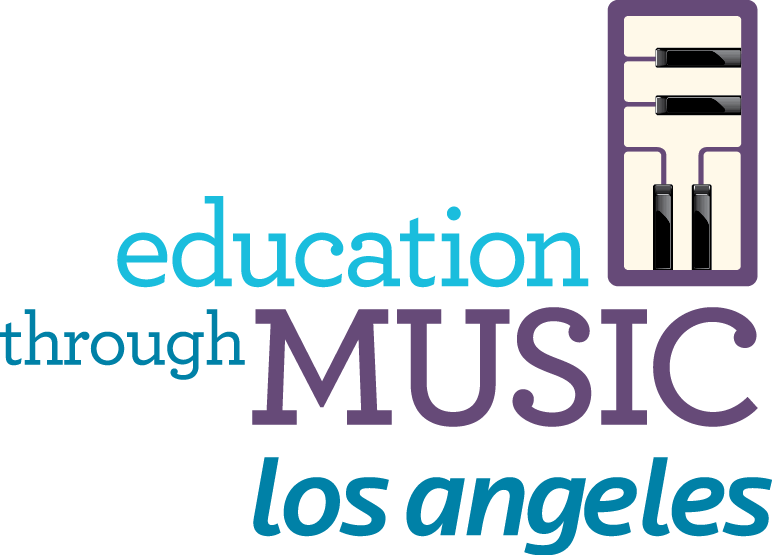Celebrating Black History Through the Arts
With Ursula Matlock, ETM-LA Music Teacher
Released: 02/7/2024
By Ursula Matlock
February is Black History Month, and we have an opportunity to understand more about Black History through music.
Black History Month started first as Negro History Week, created in February 1926 by Carter G. Woodson. Known as the “Father of Black History,” Woodson helped establish the field of African-American studies and his organization, the Association for the Study of Negro Life and History. Woodson said, “Those who have no record of what their forebears have accomplished lose the inspiration which comes from the teaching of biography and history.”
By the late 1960s, thanks in part to the civil-rights movement and a growing awareness of Black identity, Negro History Week was celebrated by mayors in cities across the country. Eventually, the event evolved into Black History Month on many college campuses.
In 1976, President Gerald Ford officially recognized Black History Month. In his speech, President Ford urged Americans to “seize the opportunity to honor the too-often neglected accomplishments of Black Americans in every area of endeavor throughout our history.” This month-long observance is recognized in the United States and Canada.
Celebrating Black Artists
 Miriam Makeba
Miriam Makeba
Zenzile Miriam Makeba was born in 1932 in the segregated neighborhood of Prospect, in Johannesburg. She founded the female quartet, The Skylarks.
In 1959, she traveled to Europe and her talent was demonstrated to an international audience. She achieved great success on the African continent and played a major symbolic role as a Pan-African who stood for the unity of all indigenous and diaspora of African ancestry. “Pata Pata” is an Afro-pop dance song internationally popularized by Makeba. It was recorded and released in the United States in 1967.
Learn the dance to “Pata Pata” here!
 Blind Tom Wiggins
Blind Tom Wiggins
Thomas ‘Blind Tom’ Wiggins was born in 1849 and lived until 1908. Wiggings was blind and a slave, which meant he could not perform the work that was demanded from slaves at the time. He was left to explore his new plantation home. Wiggins began sneaking into General Bethune’s home, the owner of the plantation he lived on. There was a piano that Bethune’s daughters played and Wiggins would try to mimic the sounds that he had heard. When Bethune heard him playing, he decided to take the young musician under his wing. Bethune did this for his own interest, not for Tom’s.
Tom began touring around the southern states, starting at 6 years old. Bethune later sent Wiggins touring around the United States and Tom did not receive a penny of the earnings made from his own concerts. Bethune kept all the earnings for his family’s fortune, an estimated $750,000 (equal to $25.4 million today) that Wiggins never saw. Wiggins was one of the most celebrated Black concert performers of the 19th century, but is virtually unknown today, despite numerous documentaries and books written about his life.
Listen to “The Boy with an Axel in His Hand” by Tom Wiggins.
 Moses Hogan
Moses Hogan
Moses Hogan was born in 1957 and lived until 2003. He was an American composer of choral music. He was best known for his settings of Spirituals, religious songs associated with the experience of African-American enslavement. Hogan was an internationally renowned pianist, conductor, and arranger. His works are still celebrated and performed today by all levels of community and professional choirs. Over his lifetime, he published 88 arrangements for voice, eight of which were solo pieces. His arrangement of “Let Justice Roll like a Mighty Stream” is a non-religious gospel-style piece that is a powerfully expressive work.
Listen to “Let Justice Roll like a Mighty Stream” by Moses Hogan.





